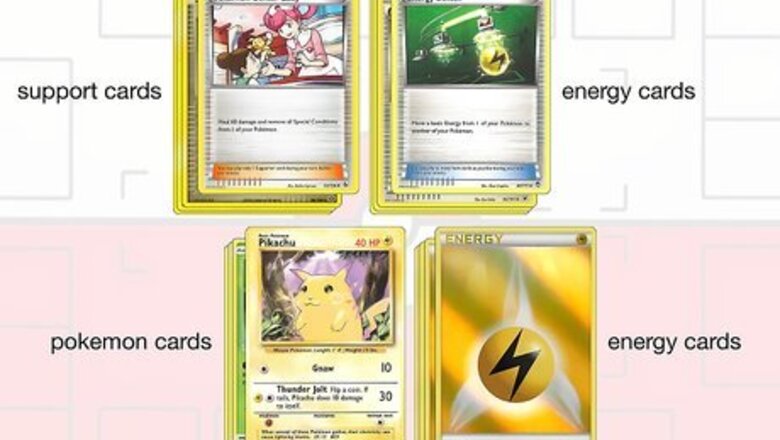
views
Setting Up the Field
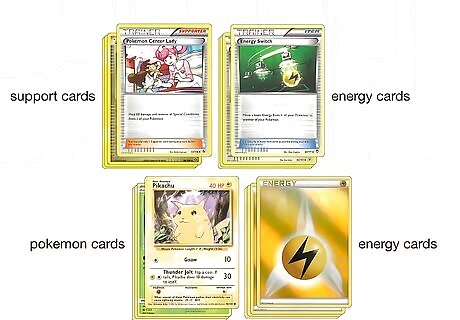
Know the types of cards. In Pokémon T.C.G., there are 4 main types of cards in a deck: Support Card: This card typically features a person. You can only play one per turn. Item Card: These items can have a wide variety of effects. You can play as many as you'd like in one turn. Pokémon Card: These vary between Basic, Stage 1, and Stage. 2. For a Pokémon card to come into play, you must play a Basic Card first. You can play a Stage 1 or 2 Pokémon only if you have the appropriate previous Stage card. The requirements for the "evolution" are found in the upper left-hand corner below the Stage Level (Basic, 1, or 2). If you have an image that matches the required Pokémon, then you can evolve into that Pokémon (once per Pokémon per turn). Energy Card: Each of these have a different symbol that corresponds to their type. You can play one energy card per turn. You will need to use only Energy cards and Pokémon cards to understand these instructions.
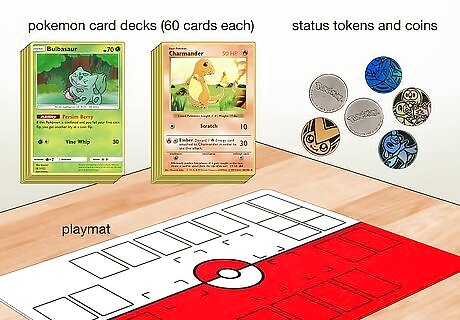
Make sure that you have the following before you can begin: 2 complete Pokémon card decks (60 cards per deck). Status Tokens and Coin (both come with pre-made decks). Playmat or designated sides of a playable surface (desk, table, etc.).
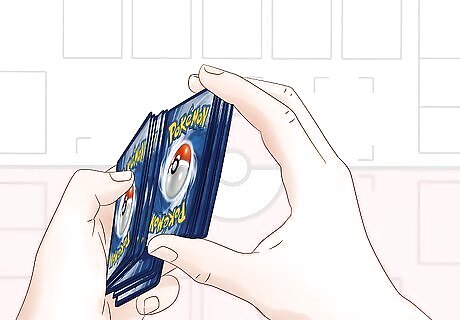
Have each player shuffle their decks. All cards are drawn from the top of the deck. The deck needs to have all cards face down.

Draw 7 cards for your hand. Make sure that the other player cannot view your hand at any time.
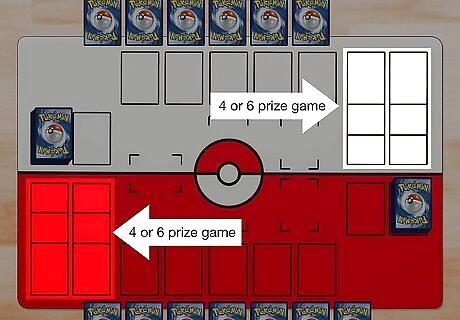
Decide whether you want to do a 4 prize card game or a 6 prize card game. The only difference between these is the length of the game, with 4 prize cards being a shorter game and 6 being longer.
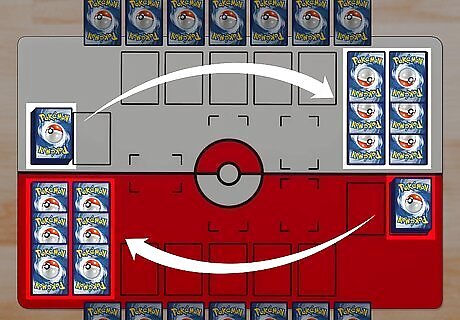
Draw the prize cards (either 4 or 6 depending on your answer to Step 3). Place these face down. Prize cards are always placed face down (with the card logo face up). When drawing cards from your deck, place your prize cards on the left-hand side of your play mat. Typically these are displayed in 2 columns, but any method of displaying prize cards is acceptable as long as you can access any card at any time (i.e. the cards aren't covering each other).

Set up your team. Check to see if you have any Basic Pokémon cards. This will be visible in the upper left-hand corner of the playing card. You must choose one Basic Pokémon card to be your Active Pokémon. If you have other Basic Pokémon, you can place up to 5 on your bench.
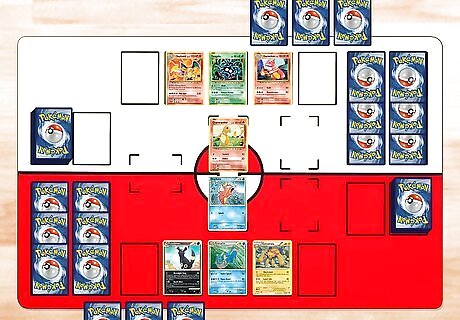
Begin the game once each player has set up their Prize Cards, Active Pokémon, and Bench Pokémon.
Playing Your Turn
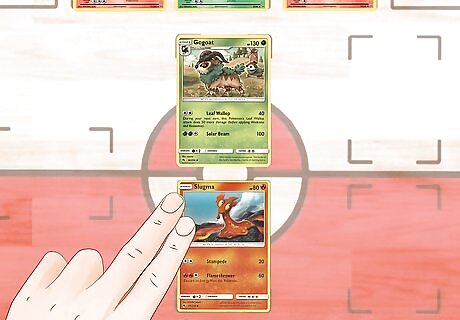
Begin your turn.
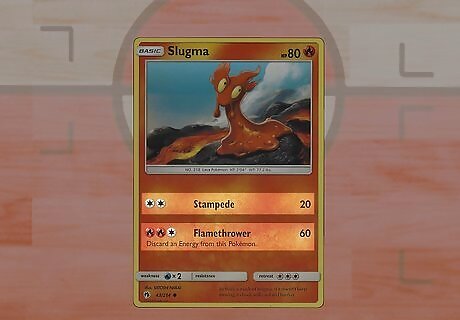
Examine your Active Pokémon. Pick an attack to perform. Make sure that you have the required energy cards attached to your Active Pokémon to be able to do the attack.
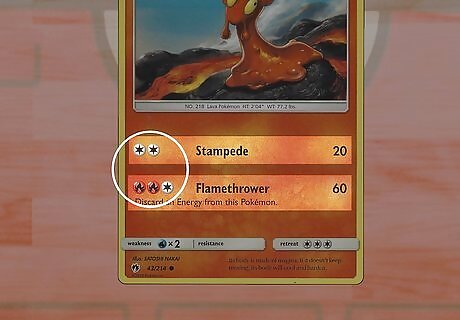
Know that for every attack, there will be at least one symbol. These symbol(s) describe the following: The type of energy is required. This is dictated by the image and color of the symbol. Number energy cards are required. This is dictated by the number of times the symbol appears next to the attack.

Look at the opponent's Active Pokémon. They are placed side by side to make the comparison easier.
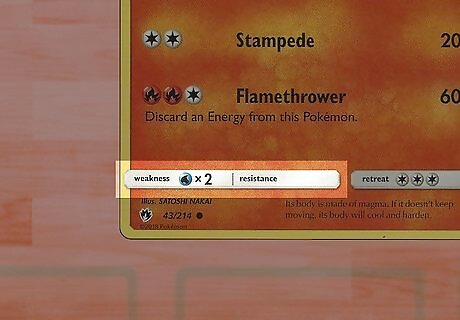
Look at Weakness and Resistance. Weakness and Resistance are based on two primary components: The type of move the Active Pokémon performing the attack is using. The weakness and resistance of the Active or Bench Pokémon being attacked.

Notice the Pokémon's type. The Attacking Pokémon's move Type is dictated by the symbols next to the attack. If the attack has only one symbol, it is of only one type. If the attack has more than one type of symbol, it can have more than one types.
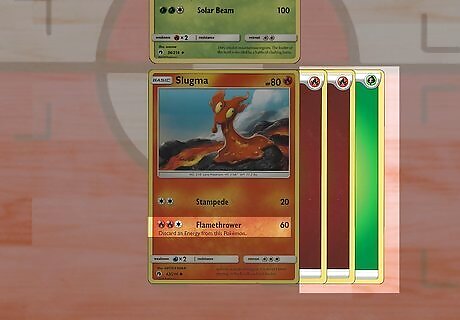
Decide on an attack. For example, in this instance, the attack used is Flamethrower. This attack requires 3 total energy, where two of them must be Fire Type energies. If you see a white symbol with a black star in the middle, this is called Colorless energy. This energy requirement can be met by any color energy card. In this instance, a Grass Energy was used to meet this requirement.
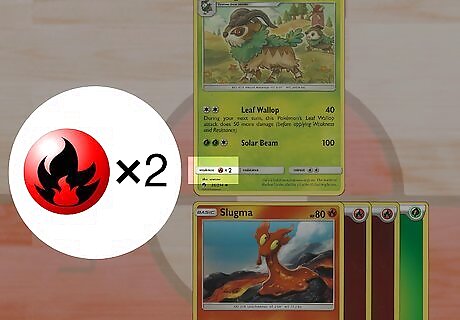
Find out whether the Pokémon being attacked has any resistance or weaknesses to your type of attack. Look at the Pokémon being attacked. At the bottom of the card, there is a silver bar labeled with the words Weakness and Resistance. In this case, look at the Weakness of this Pokémon. It shows a Fire Type energy and the X2 symbol next to it. This means that this Pokémon is weak to Fire-type attacks, and the damage received from those attacks is doubled.

Look at the Resistance. In this case, the space next to the word Resistance is blank. This means that this Pokémon has no resistance to any attacks. If there was a Resistance, the format would be similar to the Weakness. It would show the symbol or type of moves this Pokémon is resistant to, and a fraction to show how much the damage is reduced. This damage reduction is usually 1/2X or half of the total damage from the attacker.
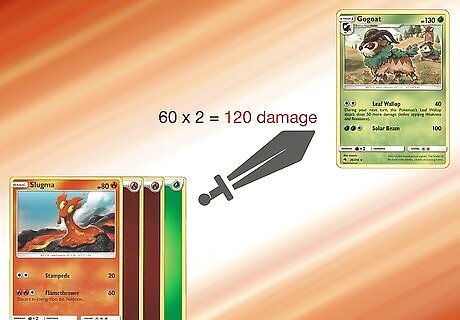
Perform the attack. In this case, the attack used is a Fire/Colorless type attack to the Grass-type Pokémon. This Pokémon has a weakness to Fire Type attacks, so it will receive double the damage. Since Flamethrower normally does 60 damage, now it has been increased to 120 damage. If the Pokémon was resistant to Fire-type moves, the damage done would decrease from 60 to only 30 damage.
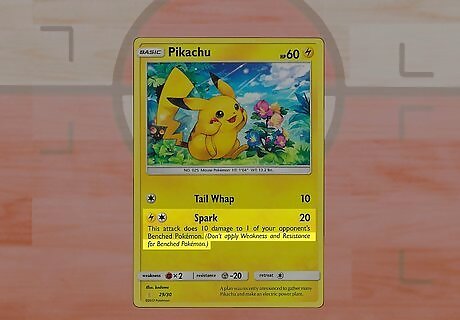
Remember that weakness and resistance are almost always applicable. The only time a weakness or resistance is not applied is when a specific Pokémon's move directly says to not include it in the description below the name of the attack.


















Comments
0 comment